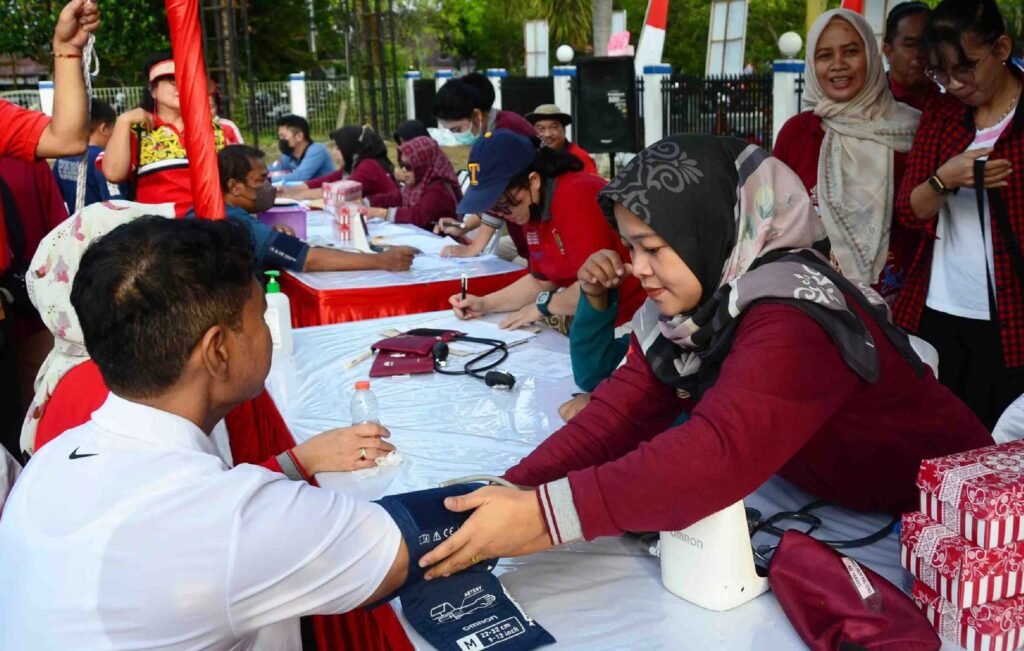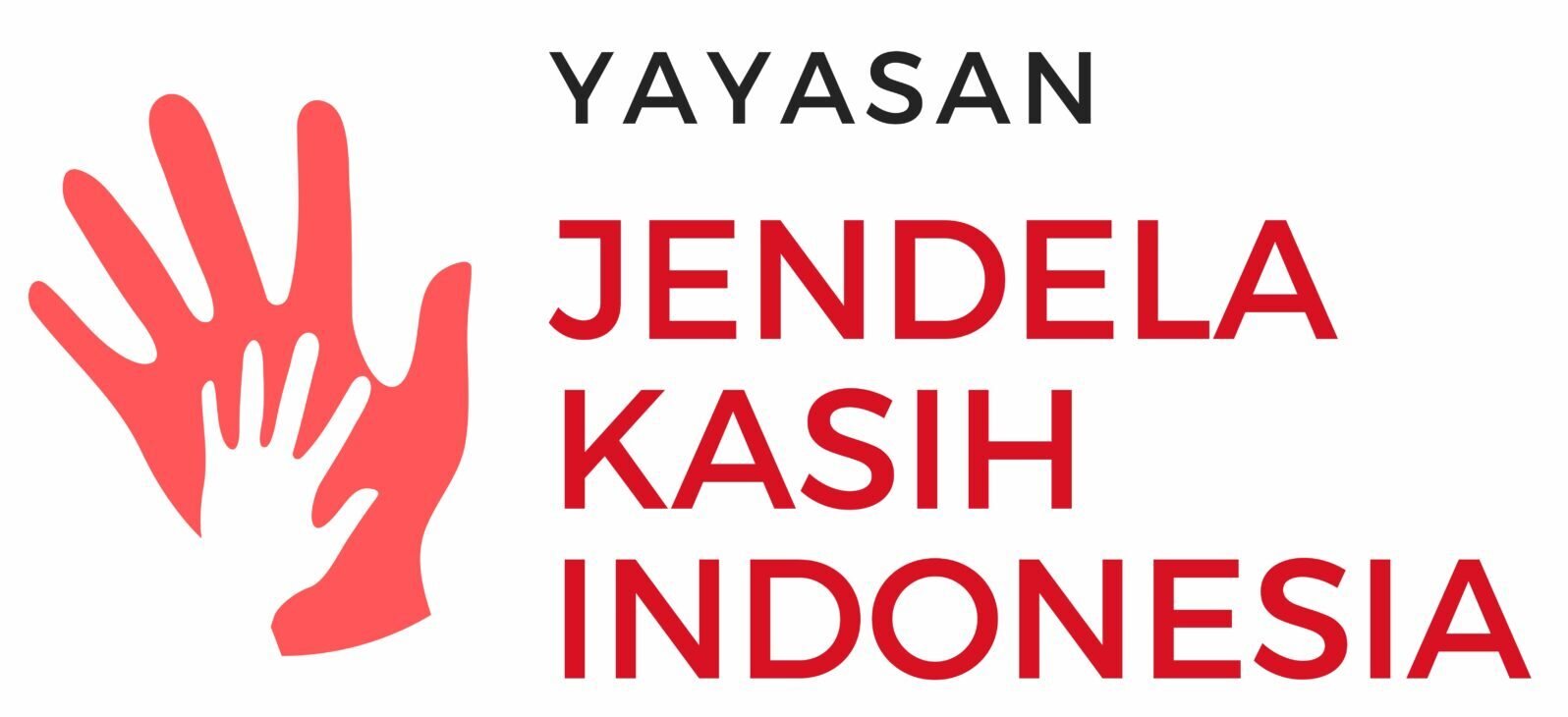Humanitarian Efforts in Remote Areas: The Role of NGOs in Providing Access to Health and Education

Humanitarian Efforts in Remote Areas: The Role of NGOs in Providing Access to Health and Education
Remote areas in Indonesia often face significant challenges in accessing basic services like health and education. Geographic isolation, inadequate infrastructure, and limited resources frequently leave communities in these regions disconnected from the broader development occurring in urban areas. In such situations, non-governmental organizations (NGOs) play a vital role as the front line of humanitarian efforts, bridging gaps in essential services. This article discusses how NGOs contribute to improving access to health and education in remote areas, the challenges they face, and the positive impacts they bring to these communities.
Challenges in Remote Areas
Infrastructure Limitations
In many remote regions, roads are often inadequate, and some areas can only be reached by boat or on foot. These conditions make it difficult for residents to access health and education services. For instance, patients needing urgent medical attention often must travel great distances to reach healthcare facilities, while children are frequently unable to attend school due to the schools’ distance from their homes.Shortage of Skilled Professionals
Remote areas often lack skilled professionals, such as doctors, nurses, teachers, and qualified educators. Many professionals are reluctant to work in remote locations due to factors like inadequate facilities, social isolation, or insufficient financial incentives.Poverty and Financial Constraints
High poverty levels in remote areas are another major barrier to accessing basic services. Many families cannot afford transportation costs, school supplies, or even basic medications, exacerbating the lack of opportunities for their children and the community.Low Awareness and Basic Education
Low literacy rates and a lack of understanding about the importance of preventive health measures often lead communities to neglect basic actions such as immunizations, prenatal care, or the necessity of education for their children.
The Role of NGOs in Providing Health and Education Access
Non-governmental organizations (NGOs) are at the forefront of efforts to improve conditions in remote areas. With their flexibility, creativity, and community-focused approaches, NGOs have significantly contributed to increasing access to health and education services.
1. Providing Healthcare Services
NGOs often operate in remote regions, delivering much-needed healthcare services. Some of their contributions to the health sector include:
Mobile Clinics and Health Units
Many NGOs establish mobile clinics to reach communities in hard-to-access areas. These clinics are equipped with basic medical tools and staffed by healthcare professionals who provide services such as health check-ups, vaccinations, treatment for infectious diseases, and health education.Maternal and Child Health Programs
Maternal and child health is a primary focus of many NGOs. They train local midwives, provide access to prenatal and postnatal care, and implement nutrition programs for young children. These initiatives are vital in reducing maternal and child mortality rates in remote regions.Health Awareness Campaigns
Beyond medical services, NGOs actively educate communities on preventive healthcare practices, including the importance of sanitation, clean water, and healthy lifestyles. Workshops, community seminars, and simple informational materials are used to spread awareness effectively.
2. Improving Education Access
In the field of education, NGOs play a critical role in ensuring children in remote areas receive their right to education. Their efforts include:
Building and Rehabilitating Schools
Many NGOs contribute by constructing new schools or rehabilitating existing ones that are in poor condition. They also provide supporting resources like books, stationery, desks, and chairs to create a conducive learning environment.Teacher Training and Volunteer Recruitment
NGOs often train local teachers or recruit volunteers from outside the region to teach in remote areas. This ensures children receive quality education despite being in hard-to-reach locations.Scholarship Programs
To support children from low-income families, NGOs provide scholarships that cover school fees, uniforms, books, and transportation costs. These scholarships help reduce dropout rates, especially among girls, who are often marginalized in terms of educational opportunities.Non-Formal Education Programs
Beyond formal education, NGOs organize non-formal education programs such as skill-building courses, literacy training, and early childhood education. These programs empower communities, particularly adults, to become more self-reliant economically and socially.
Challenges Faced by NGOs
Despite their significant contributions, NGOs encounter substantial challenges in executing their missions:
Funding Constraints
Many NGOs rely on donations and grants to run their programs. When funds are limited, they must prioritize specific initiatives, often leaving certain areas or community needs unaddressed.Bureaucratic Barriers
Complicated licensing processes and regulations can delay or hinder NGOs from quickly and effectively implementing their programs, particularly in remote areas governed by specific local authorities.Logistical Challenges
Geographical conditions such as mountainous terrain or isolated islands make service delivery expensive and time-consuming. These challenges hinder the efficiency of programs run by NGOs.Limited Community Engagement
Although NGOs focus on community empowerment, they often struggle to gain full support from local communities due to a lack of understanding or mistrust of external organizations.
Positive Impacts of NGOs
Despite the challenges, the impact of NGOs in remote areas is undeniable. Some of the positive outcomes they achieve include:
Improved Public Health
The availability of better healthcare services has significantly reduced the prevalence of infectious diseases like malaria, tuberculosis, and respiratory infections in some remote areas. Maternal and child health programs have also contributed to lower maternal and infant mortality rates.Increased Educational Participation
The presence of NGOs in the education sector has increased school enrollment rates in remote areas. Scholarships, teacher training, and better school facilities have made education more accessible and appealing to communities.Economic and Social Empowerment
Through skill-building and training programs, NGOs help communities improve their livelihoods. With new skills, many local residents can start small businesses or enhance agricultural productivity, boosting their income.Greater Awareness of Rights and Health
Thanks to NGO-led awareness campaigns, communities have become more knowledgeable about their rights to basic services and the importance of health and education. This heightened awareness has led to behavioral changes that promote better living standards and long-term benefits for future generations.
Conclusion
The presence of NGOs in remote areas exemplifies the spirit of humanitarianism, offering renewed hope to marginalized communities. By providing access to health and education, NGOs help create meaningful changes in the quality of life for these populations. However, their success requires support from various stakeholders, including governments, the private sector, and local communities. Strong collaboration ensures these humanitarian missions can continue to thrive, delivering long-term benefits to those who need them most.
